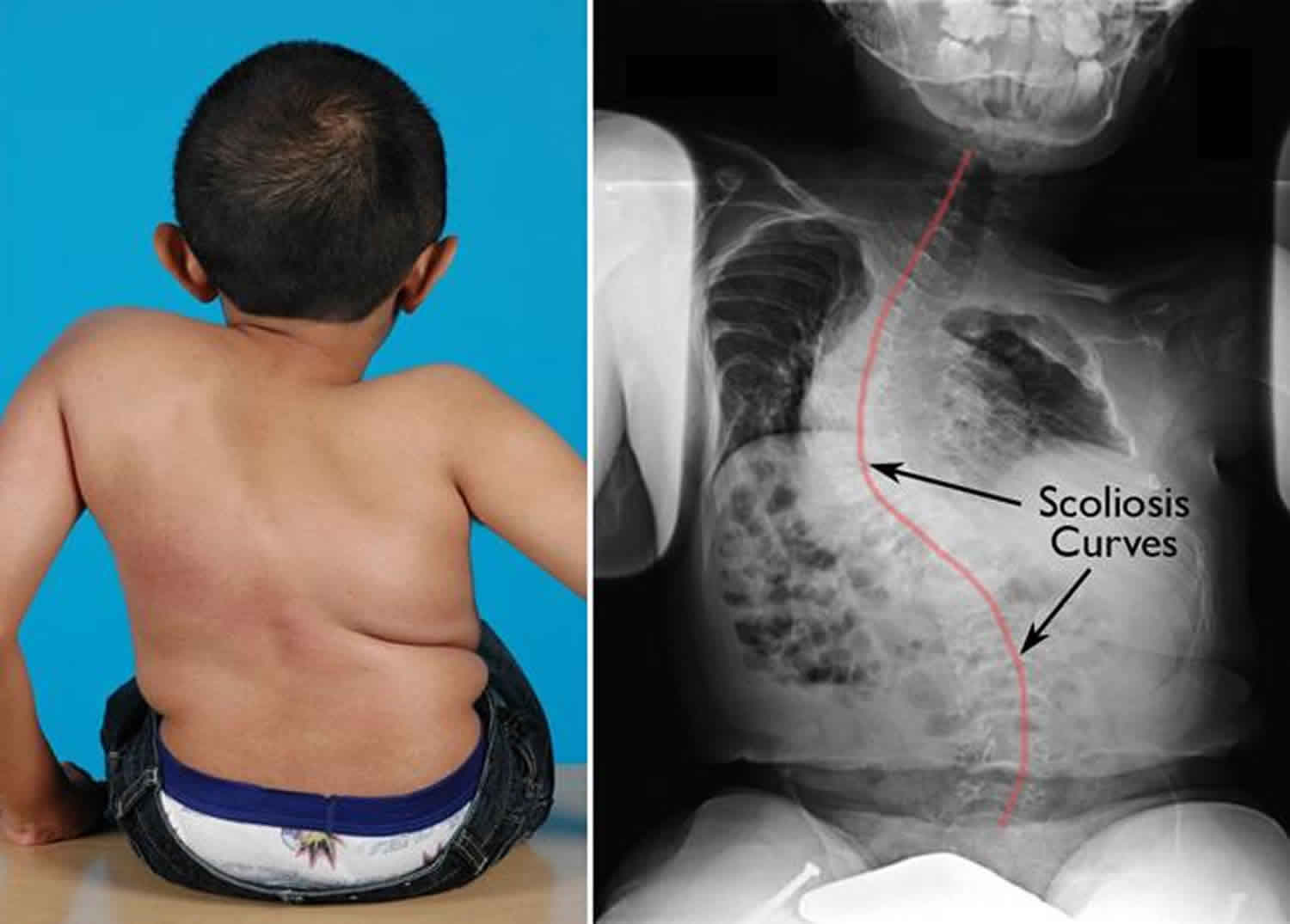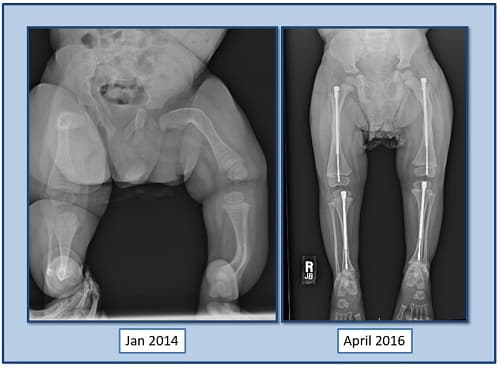osteogenesis imperfecta life expectancy type 4
Even in Type IV cases of OI like expectancy is only slightly reduced. OI occurs in approximately 1 in 20000 individuals including people diagnosed after birth.

Life Expectancy Of A Few Of The Osteogenesis Imperfecta Facebook
Life expectancy varies greatly depending on OI type.

. Journal of Medical Genetics 20203205. Both types I and IV are thought to be inherited as an autosomal dominant. Ad Request Information From An Ultragenyx Representative to Learn More About OI Studies.
Life expectancy for people with Type IV OI appears to be average. Osteogenesis imperfecta type IV OI type IV is a type of osteogenesis imperfecta which refers to a group of conditions that affect the bones. Osteogenesis imperfecta life expectancy.
The good news is that there is a normal life expectancy in the most common forms of Osteogenesis Imperfecta. The average life expectancy of a person diagnosed with Osteogenesis Imperfecta varies greatly depending on the number and the severity of the. Is moderate in severity and is similar to Type IV in appearance and symptoms.
We could not therefore distinguish mortality in these patients. Babies with Type II often die soon after birth. Life expectancy varies greatly depending on OI type.
What is the life expectancy of someone with osteogenesis imperfecta OI. A child born with OI may have soft bones that break. Those born with the less severe form of the disease such as type I OI may lead a healthy life.
OI type IV is the most variable form. Prabhu N Duckmanton N Stevenson AR Cameron A. They usually have shorter lifespans than people with type 1.
It is also known as brittle bone disease. Osteogenesis imperfecta OI is a group of disorders. Translated from spanish Improve translation.
Type V OI. Respiratory failure is the most frequent cause of death for people with osteogenesis. As far as everyday life they can live a fairly normal life.
Learn About The Studies Available If You Or A Loved One Has Osteogenesis Imperfecta OI. Ad How are you Currently Strengthening Your Bones. Babies with Type II often die soon after birth.
Type I the most common form of osteogenesis imperfecta occurs in about 1 in 30000 live births. Osteogenesis imperfecta OI is an inherited genetic bone disorder that is present at birth. What is the life expectancy of someone with osteogenesis imperfecta OI.
Osteogenesis imperfecta is a lifelong condition. The placement of osseointegrated. Sometimes life-threatening complications occur in infancy.
Someone with Type 4 OI will have close to a normal life expectancy and quality of life but they may need crutches to walk. Learn About The Studies Available If You Or A Loved One Has Osteogenesis Imperfecta OI. In osteogenesis imperfecta type IA the overall mortality ratio was 108 95 confidence interval 064 to 181.
Ad Request Information From An Ultragenyx Representative to Learn More About OI Studies. If your child has type 3 OI they may have severe bone deformities and often require a wheelchair to get around. Other people do not develop symptoms until later in life or only experience.
Ad How are you Currently Strengthening Your Bones. Life expectancy for males with OI was 95 years shorter than that for the general population 724 years vs 819 years and for females was 71 years shorter than that for the. Heterogeneity of osteogenesis imperfecta type I.
Many of these patients die by the time they are 10 years of age. OI occurs with equal frequency among males and females and among racial and ethnic. Ad Clinical Research Reveals The Natural Solution To Reverse Bone Loss At Any Age.

Osteogenesis Imperfecta Causes Symptoms Types Prognosis Treatment

Wishbone Day Raises Awareness Of Osteogenesis Imperfecta Dna Science

Osteogenesis Imperfecta Longevity

Age At Death In 79 Patients With Osteogenesis Imperfecta Subdivided Download Scientific Diagram

Table 4 From Mortality In Various Types Of Osteogenesis Imperfecta Semantic Scholar

Osteogenesis Imperfecta Orthopaedia

